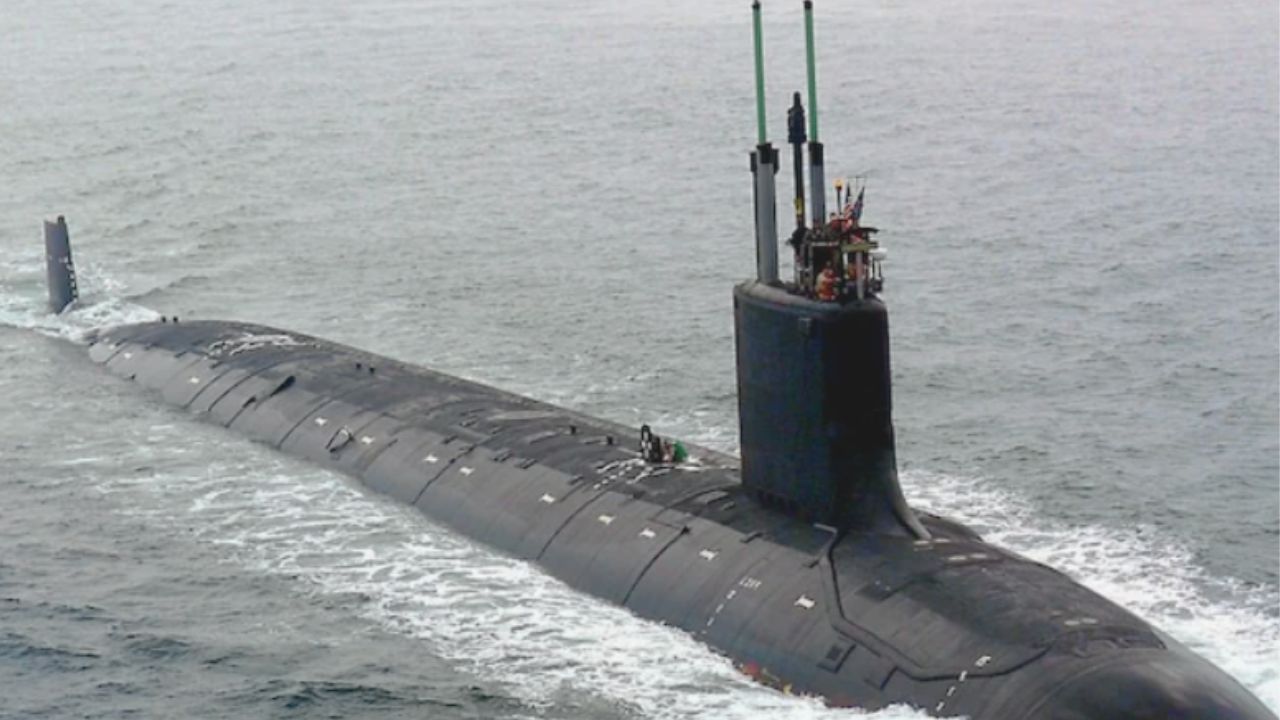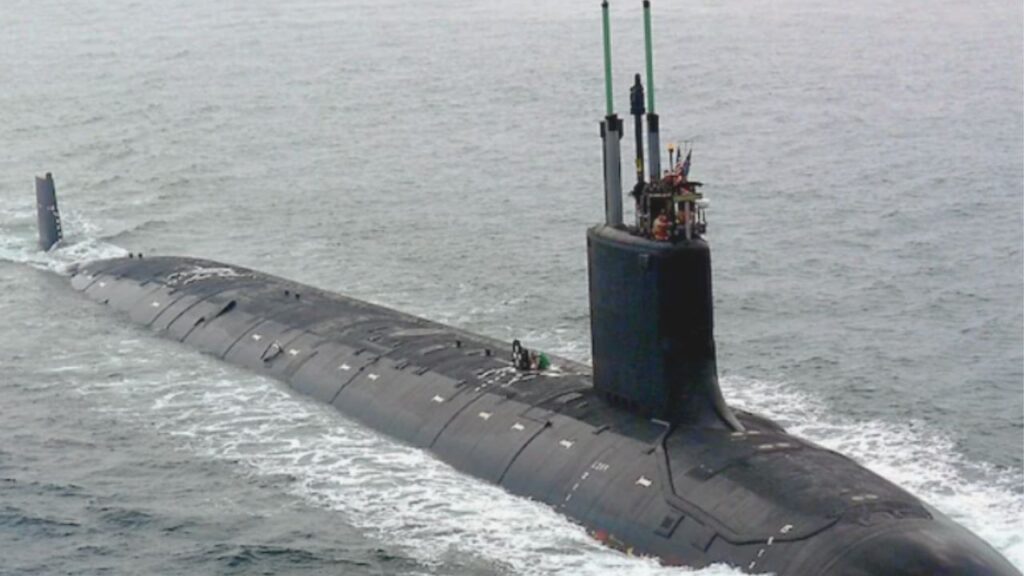
Beneath the Waves: US Nuclear Submarine Programme – Key Facts, Strategic Impact & All You Need to Know
The oceans may seem vast and empty, but beneath the surface, they host one of the most powerful symbols of modern military might: the United States’ Nuclear Submarine Programme. Often unseen and unheard, these stealthy giants play a pivotal role in America’s defense, deterrence, and dominance across the globe.
From silent patrolling in hostile waters to launching missiles that can change the course of conflicts, US nuclear submarines are more than war machines — they are the strategic backbone of American naval superiority.
Here’s a deep dive into what makes the US nuclear submarine fleet so crucial, what it comprises, and how it affects global geopolitics.
1. What is the US Nuclear Submarine Programme?
The US Nuclear Submarine Programme refers to the design, construction, deployment, and operation of submarines powered by nuclear reactors. These subs fall into two main categories:
- SSBNs (Ballistic Missile Submarines) – Also known as “boomers”, they carry nuclear warheads and form the sea-based leg of the US nuclear triad.
- SSNs (Attack Submarines) – These are used to hunt other submarines and ships, gather intelligence, and support special operations.
All are powered by onboard nuclear reactors, giving them unlimited underwater endurance — they can stay submerged for months at a time, limited only by crew provisions.
2. Fleet Composition: Titans Beneath the Surface
As of 2025, the United States Navy operates approximately 68 nuclear-powered submarines, including:
Ohio-Class SSBNs
- 14 ballistic missile submarines.
- Each carries up to 20 Trident II D5 nuclear missiles.
- Central to US nuclear deterrence.
Virginia-Class SSNs
- The latest class of attack submarines.
- Equipped with Tomahawk cruise missiles, advanced sonar, and stealth capabilities.
- Designed for versatility — from intelligence gathering to anti-sub warfare.
Los Angeles-Class SSNs
- Backbone of the Cold War fleet.
- Many are being replaced by newer Virginia-class boats.
- Still capable, but aging.
Columbia-Class (Coming Soon)
- Will replace Ohio-class starting in 2031.
- Even quieter and more survivable.
- Designed for 40+ year service with minimal refueling.
3. Strategic Importance: Deterrence That Moves Silently
The key to nuclear submarines is stealth. Unlike land-based missiles or bombers, these vessels are undetectable, making them the most survivable element of the nuclear triad. If the US is ever attacked, a submerged SSBN can respond — ensuring the doctrine of mutually assured destruction (MAD) holds strong.
In addition to nuclear deterrence, SSNs ensure:
- Sea control in contested regions like the South China Sea and Arctic.
- Covert surveillance of enemy communications and naval movements.
- Strike capabilities without warning via cruise missiles.
They serve as both a first line of offense and a final line of defense.
4. Global Impact: Keeping Adversaries in Check

The presence of US nuclear submarines has geopolitical ripple effects:
- China & Russia are rapidly expanding their own submarine fleets to counter US dominance.
- Allies like Australia (via AUKUS) are now entering nuclear-submarine partnerships.
- Strategic chokepoints (like the Strait of Hormuz or Taiwan Strait) often witness quiet underwater standoffs between adversary fleets.
By patrolling international waters, US subs project power far beyond American shores, shaping maritime boundaries and military strategies.
5. Environmental and Safety Considerations
Nuclear power raises environmental concerns, but US Navy subs have an impeccable safety record:
- No US nuclear sub has ever had a nuclear accident.
- Reactors are sealed, self-contained, and decommissioned with high-level care.
- Submarine crews undergo extensive radiation training and monitoring.
Despite this, critics argue for more transparency in waste disposal and long-term environmental impacts of decommissioned vessels.
6. Budget and Technology: A Costly Advantage
Maintaining nuclear submarines is expensive — the Columbia-class program alone costs over $100 billion. But experts argue that the strategic return outweighs the cost.
These subs are packed with cutting-edge tech:
- Anechoic coatings that absorb sonar.
- Pump-jet propulsion for silent movement.
- AI-based threat detection systems.
- Vertical launch systems for precision missile strikes.
Such advancements ensure the US remains steps ahead in the undersea arms race.
7. The Future: AI, Drones, and Autonomous Warfare
The future of the US submarine program involves:
- Unmanned Underwater Vehicles (UUVs) launched from SSNs.
- AI-assisted navigation and combat decisions.
- Integration with space-based and cyber warfare systems.
By 2050, the US Navy could deploy hybrid fleets of crewed and autonomous nuclear subs, reshaping how wars are fought beneath the sea.
Silent, Strategic, Supreme
The US Nuclear Submarine Programme isn’t just about weapons or deterrence — it represents the peak of naval engineering, global strategy, and military foresight. With geopolitical tensions rising, especially in the Indo-Pacific and Arctic, these silent giants will continue to play a defining role in shaping peace — or war.
As adversaries rise and alliances evolve, one thing is clear: under the oceans, America still rules with unmatched force and stealth.



